The ancient simplicity of Qin, the elegance of Han, the splendor of Tang, the gracefulness of Song, and the dignity of Ming, every pattern and design of Han clothing is engraved with the mark of China's history. With the help of professional research, this article will share some basic knowledge of Hanfu clothing, inviting everyone to appreciate the stunning attire of Chinese ancestors.
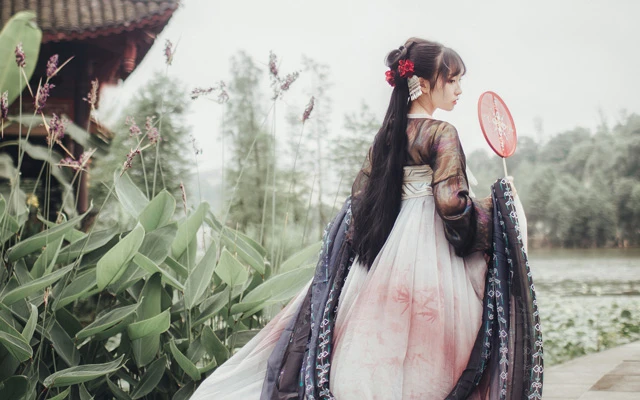
01 Hanfu Clothing: A Comprehensive Dressing System
Hanfu clothing has undergone thousands of years of evolution. It originated as an important manifestation of social ranking, etiquette, and lifestyle, while also reflecting the characteristics of different times through displaying the state of textile technology, aesthetic consciousness, and daily customs. After thousands of years of cultural accumulation, Hanfu clothing has become an important cultural symbol.
It is not entirely accurate to call Hanfu the traditional attire of the Han people. Based on today's concept, Hanfu clothing should be considered the traditional attire of the Chinese nation as a whole. The Han ethnicity is inclusive, throughout the changing dynasties, Han clothing continuously absorbed foreign styles and underwent multiple periods of integration among various ethnic groups to develop rich styles and unique aesthetics.
Therefore, Hanfu clothing is not merely the Han people's attire but a comprehensive dressing system that embraces diversity. Today, when we talk about Hanfu clothing, there are two categories: traditional Hanfu clothing and modern Hanfu clothing that derives from traditional designs.
The ancient Chinese believed that Hanfu clothing originated from the Yellow Emperor; however, now it is widely recognized that Han clothing traces back to the Yin-Shang period, as seen in discovered relics resembling those of the Zhou Dynasty.
Since the Zhou Dynasty, Hanfu clothing had formed a well-established system that consists of ceremonial attire for different occasions such as sacrificial ceremonies, court meetings, public affairs, leisure activities, and banquets. This classification of attire is similar to those of our contemporary society, such as formal wear, casual wear, workwear, and leisure wear.
Additionally, the ancients corresponded human affairs with natural phenomena and made associations between clothing colors and the Five Elements, seasonal changes, and more, resulting in a unique cultural phenomenon. It was highly valued and held in great regard.
02 Impression of Hanfu Clothing: Wide Robes and Broad Sashes
Throughout the development of Hanfu clothing, there are three basic styles that have remained constant: Yishang-style clothing, Shenyi-style clothing, and Paofu-style clothing.
Yishang-style clothing
Yishang is possibly the earliest widespread type of clothing in Han clothing. According to those records, "The upper garment is called Yi, and the lower one is called Shang."
Yi serves as protection against cold and heat for the upper body, while Shang acts as a cover for the lower body. The ceremonial attire is often made in the Yishang-style. During the Zhou Dynasty up to the Han Dynasty, Yishang-style clothes were characterized by wide robes and big sleeves.
Shenyi-style clothing
Shenyi refers to the connection between the upper and lower garments at the waist, resulting in an abstruse look when draped over the body. The book called "Book of Rites" says "Circular sleeves represent round rulers, while square collars represent straightness, and the back seam running from the top to the heel symbolizes the straight path."
Paofu-style clothing
The most distinct feature of Paofu clothing is the round collar, narrow sleeves, and tight-fitting design. Paofu has been widely used from the Sui-Tang Dynasties to the Qing Dynasty. In the Sui Dynasty, the color of Paofu garments was used to indicate hierarchical status, while during the Tang Dynasty, more detailed standards were set. For example, purple was reserved for the third rank or higher, scarlet for the fourth or fifth rank, green for the sixth or seventh rank, and blue for the eighth or ninth rank.
In addition to the above-mentioned basic styles, there are many other derived styles of Hanfu clothing, such as the Tang Dynasty's short-sleeved upper garments, called Banxiu or Banbi, Song Dynasty's Beizi, and Ming Dynasty's Bijiia, all of which can be worn outside.
The basic components of traditional Hanfu clothing include a crown (or headscarf) on the head, undergarments (Xieyi or Zhongyi), top garments (Ru or Pao), skirt or trousers (Jingyi), footwear (Xie or Lv), waistband, and jade pendant.
The order of dressing is undergarments, top garments, skirt or trousers, waistband, coat, footwear, and headdress.
03 Classical Hanfu of Different Dynasties
Han Dynasty
The most representative style of the Han Dynasty is the Shenyi and its derivatives. The pottery figurines unearthed from the Western Han Dynasty tomb mostly wear Quju Shenyi with very long sleeves.
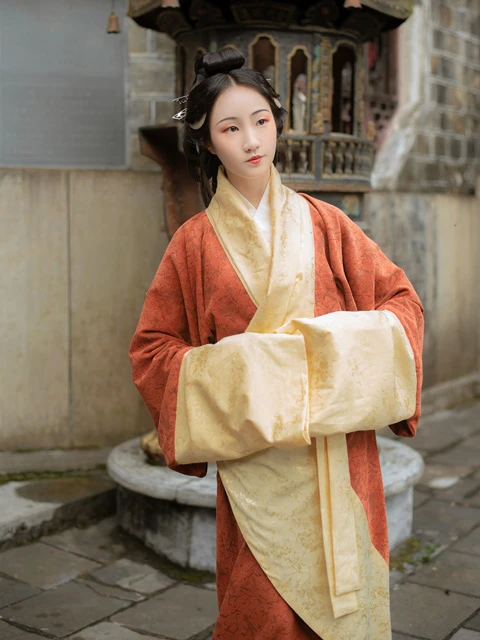
Tang Dynasty
The red skirt, also known as the pomegranate skirt, was popular in various periods of the Tang Dynasty.
During this period, women pursued freedom and liberated their personalities. Gorgeous and revealing clothing was in fashion. In addition, women gradually broke free from the constraint of "men's and women's clothing not communicating," and cross-dressing as men became popular, showing off their beauty and elegance.
Song Dynasty
Modern Hanfu designs based on Song Dynasty costumes mainly take their slim and elegant features. Female in the Song Dynasty loved yellow color series, such as light yellow, goose yellow, orpiment (light yellow), and bright yellow. Light yellow shows a sense of lightness and brightness, implying an extraordinary quality, and is suitable for young women to wear. Yellow shirts paired with red skirts are commonly seen in descriptions of beauties in poetry.
The thin and transparent fabric was in fashion in the Song Dynasty. Poetry often describes semi-transparent gossamer clothing as thin yarn or lightweight upper garments. Women in the Song Dynasty also wore Beizi, a type of long outerwear with straight hemlines, long sleeves, and two long slits on both sides of the lower hemline. The collar and front of the Beizi are embroidered with floral edges, called "Ling Mo," and there were specialized shops and itinerant vendors selling Ling Mo at that time.
Ming and Qing Dynasties
In the early Ming Dynasty, ordinary people's weddings could use the costumes of officials of the ninth rank as wedding attire. This tradition was carried over to the Han Chinese weddings in the Qing Dynasty. The mainstream styles of contemporary Hanfu are mainly based on the style of the Ming Dynasty.
Bijia, a sleeveless, lapel vest, originated in the Yuan Dynasty and became popular among women in the Ming Dynasty, continuing to the Qing Dynasty. Aoqun was one of the most common dresses worn in the Ming Dynasty. Ao is big sleeves and round collar, while Qun is the Mamian Qun.
The Mamian Qun is one of the most popular skirts in the Ming and Qing Dynasties. The skirt has four openings around, with folds on both sides and no folds on the front side. The shape of the front of the skirt resembles a type of architecture in ancient city walls, which is called "Ma Mian," so the skirt was named after it.
04 Hanfu Fabrics
The original fabrics for Hanfu include silk, hemp, kudzu, fur, and other materials. Silk has always been the most important fabric for Hanfu, and is often referred to as "Lingluo Chouduan" by the Chinese people, representing high-quality fabric. After the Yuan Dynasty, cotton was widely cultivated, making cotton cloth one of the main fabrics.
Due to different weaving methods, silk fabrics have different appearances and functional use, with different names. Common ones include Juan(绢), Wan(纨), Gao(缟), Ti(绨), Xiao(绡), Bo(帛), Chou(绸), Duan(缎), Luo(罗), Sha(纱), Zhou(绉), Ling(绫), Qi(绮), Jin(锦), and Rong(绒) etc.
05 Auspicious Decorations
Hanfu emphasizes decorations, with relatively few changes in clothing styles but ample variations in decorations. Virtually all decorative patterns have auspicious meanings, as patterns are the main means of conveying meaning in Hanfu. The most commonly used patterns on women's Hanfu include Peonies, Butterflies, Phoenix, Clouds, and others, while those in men's Hanfu are the Longevity mark, Clouds, Huiwen etc. Combined with Hanfu, these patterns can exude romance or dignity; purity or opulence, offering a visual feast wherever they go.
Decorative techniques for Hanfu fabrics mainly include dyeing, weaving, embroidery, as well as accessories such as lace, tassels, pendants, etc.
06 Hanfu Accessories
Hair ornaments, earrings, and neck ornaments surrounding the head are the visual focus and key elements of Hanfu decoration. Common headwear for women includes hairpins, hair combs, and combs, etc., while hand ornaments include bracelets, bangles, rings, etc., and neck ornaments include necklaces, collars, Ying Luo, etc.
Since ancient times, there have been numerous materials and techniques for making jewelry. From the Yuan and Ming Dynasties onwards, various materials were used, including gold, silver, copper, jade, agate, jadeite, amber, coral, crystal, lapis lazuli, glass, various gemstones etc., which were crafted using techniques such as gilding, insetting, gold and silver overlay, engraving, inlaying, silk threads weaving, and embedding.
The beauty of Hanfu lies not only in clothing, hat ornaments, accessories, makeup, smiles, and gracefully elegant posture, but also in its ability to captivate anyone who lays their eyes on it. Chinese attire can be traced back to ancient texts, through treasures in museums, as well as cave murals, statues, paintings, and song lyrics.
The vibrant hues of Hanfu are not just cultural icons of aesthetics, folkways, and fashion, but they serve as the ever-lasting embodiment of China's rich cultural heritage. Hanfu remains a stunning example of the Chinese.
Source: "Hanfu" (Author Cao Zhe)
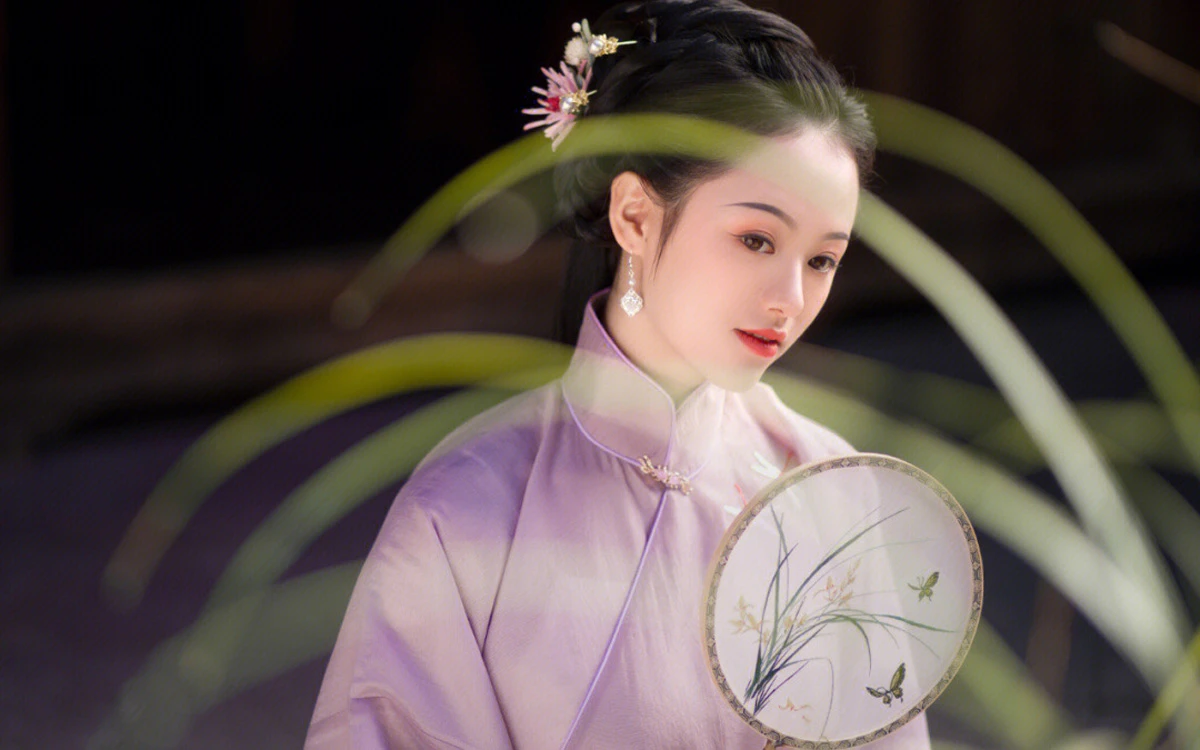
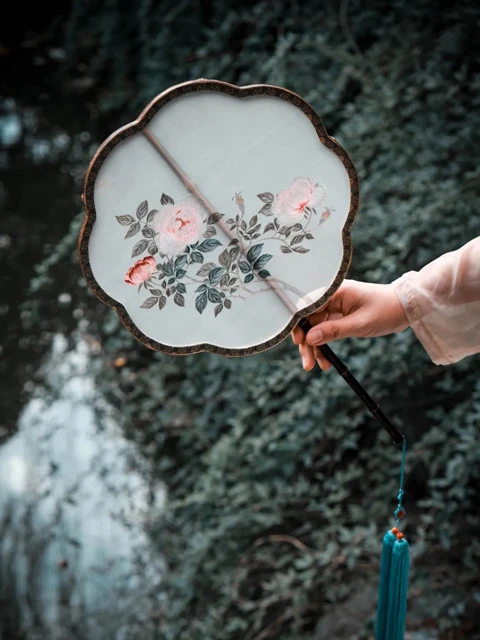
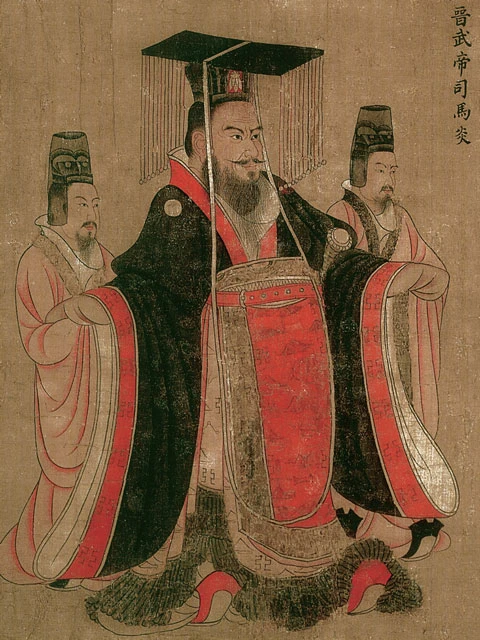
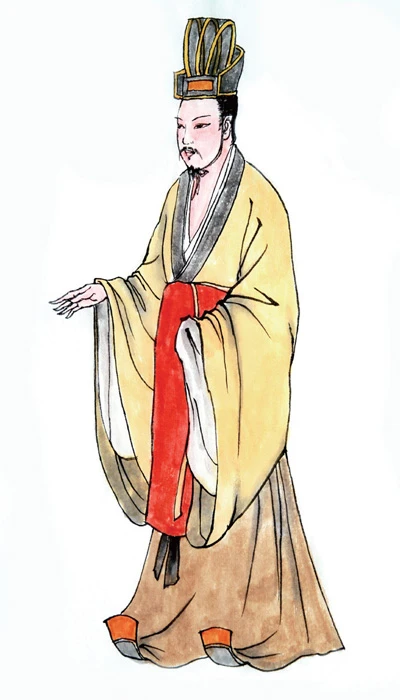
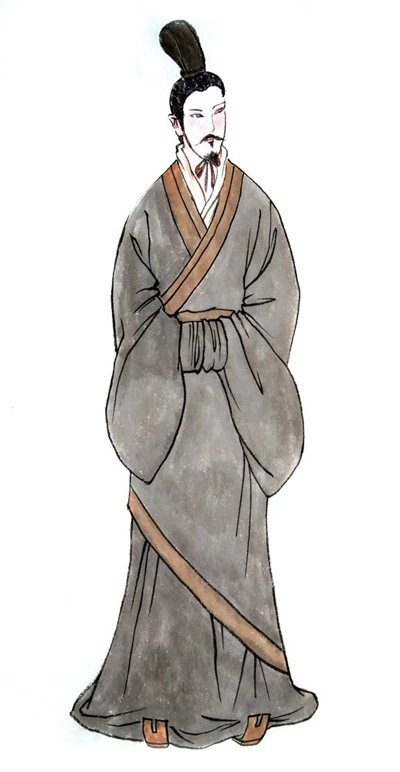
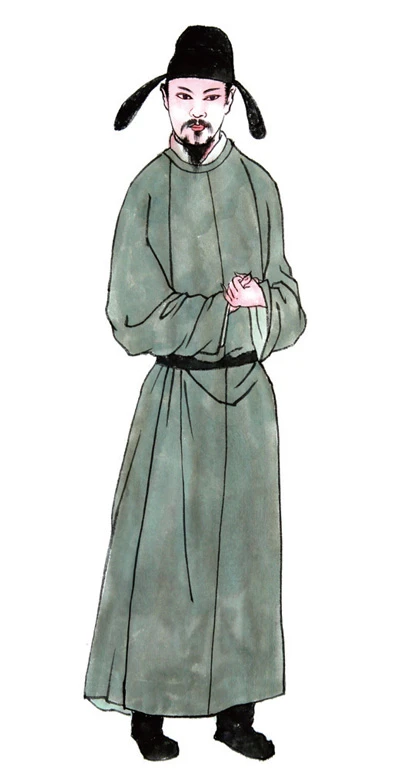
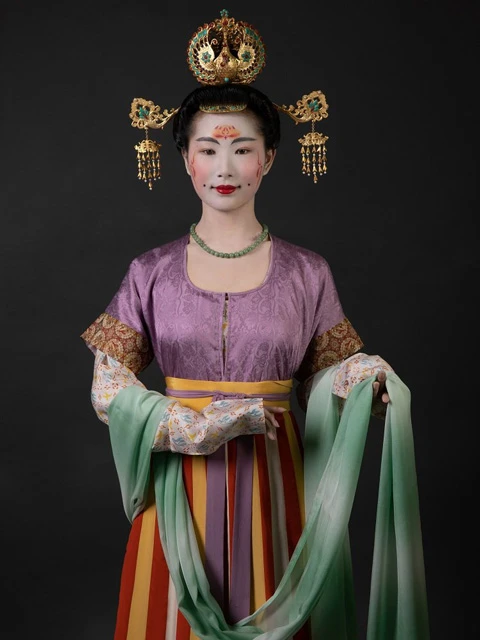

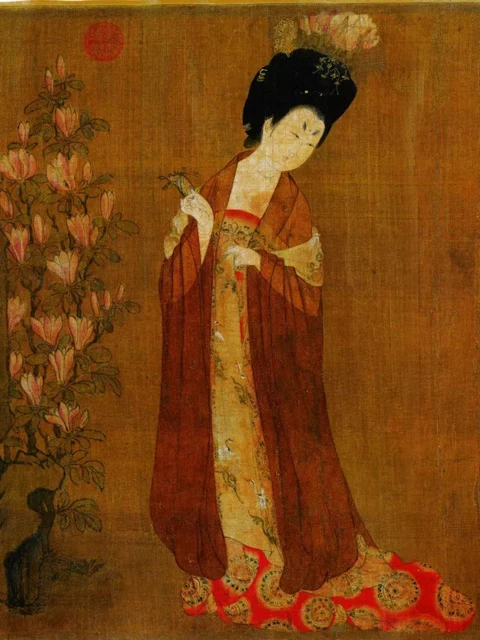
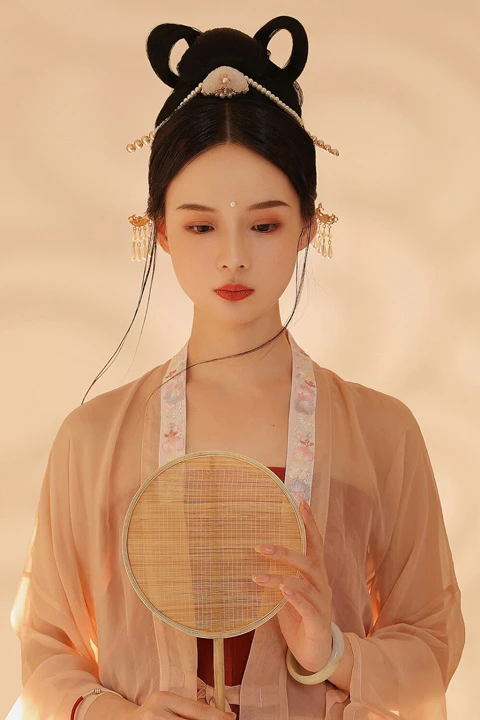
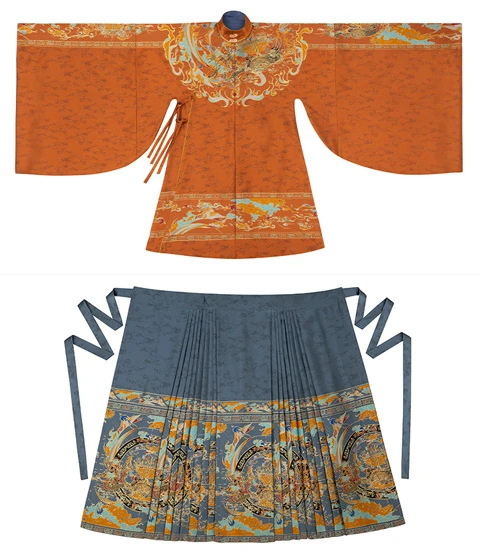
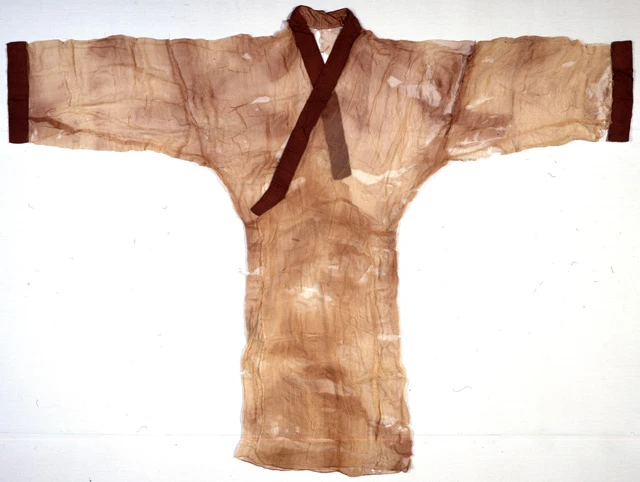
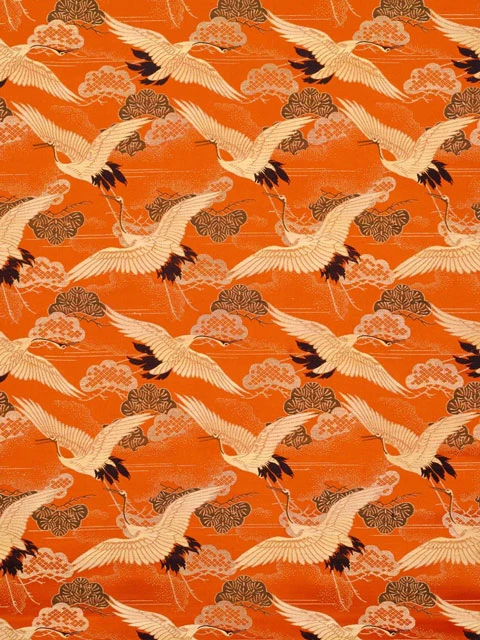
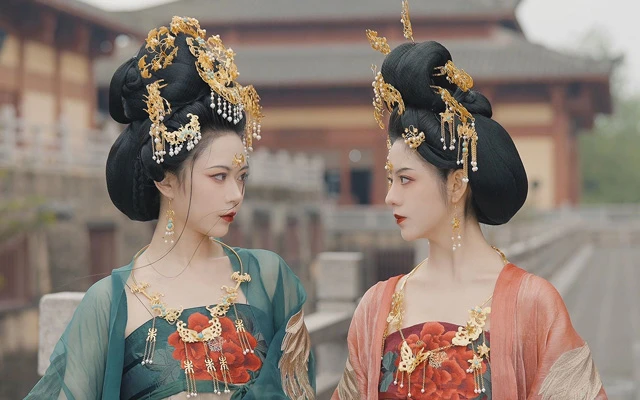


I love hanfu😍
Wow beautiful 😍
Thank you for articel